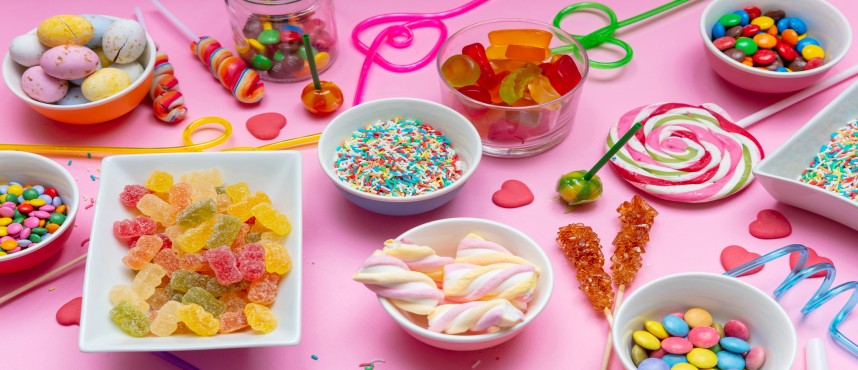We Eat With Our Eyes
‘Your tongue knows the language of eyes’ can seem like an overstatement but is valid to a great extent. Although our mouth starts to water when we smell something delicious, the smell is not the only sense at play here. There is often some distinction made while viewing various delicacies that help you pick a particular cupcake in a widespread buffet over numerous other desserts. The same sense of sight makes you run to the nearest bakery after watching a cake recipe video for about five minutes.
The Effect of Different Colours On Our Taste
Typically, in bakeries and confectionaries, delicious treats are kept in glass compartments to tantalize your taste buds just by the sight of them. Your eyes devour the magic of those sweet bites of goodness long before getting it in your hands. From childhood, you associate particular foods with specific colours. For example, as you have seen bright yellow lemons, you link yellow to sour taste. Hence, yellow food colouring is regularly used to highlight the tartness of a zesty lemon cheesecake.
Similarly, bright pink or red colour is associated with sweetness; hence a red colour enhanced beetroot juice will certainly be sweeter than a pale dull juice. Take a hot coffee beverage, for instance. You tend to like the bitterness of the coffee beans or even that of dark chocolate because the bitter taste is wired to dark colours somewhere in your mind. That is the power of a food colour! It single-handedly wins customers’ hearts when they are craving a particular taste or flavour.
Different Types of Food Colouring
From baking an eye-pleasing black forest cake to making great seasonings, food colouring is the secret ingredient you shouldn’t miss. Food colouring can be powdered dye, granular form, natural food colours or synthetic food colours. Neelikon offers indigenous food dyes with the widest collection of vibrant water-soluble colours in powder and granular form. We also make lakes according to your requirement and use primary food colours to make a vigorous range of aluminium lake colours approved by USFDA, European Community, JECFA/CODEX, Japan, China or India.
The Food Colouring Industry is directly related to your mind’s desire to see your food. You want your smoothie to be green, dairy products white, cheese yellowish, and meat in red. All these ready-made food products are often heavily processed, making them lose their original colour hence food colour is usually added in the end. Aluminium lakes are a more stable food colouring giving your end product a lively, attractive look. Lakes are preferred over water-soluble colours when your end product contains a lot of oils and fats, as they lack the moisture to dissolve the colours.
Impact of Food Colours on the Food Industry
The Food Industry has this huge responsibility of deciphering the right colour that will instantly please the customer with the food products offered that look particularly appealing. Many professional bakers, large confectionary chains, and pet food suppliers invest in learning your mind’s association with food colours as this crucial knowledge can broadly impact their business. For attracting a vast consumer base, they rely on picking specific colours that tend to satiate the taste buds of their customers better. It is important to note that even if you know your end product is lip-smacking, no one will buy it if visually unappealing.
Food colours are the future of a successful food business. Neelikon will help you find the perfect colours for your food business that will be the next Unicorn of the industry!
To know more, write to us at info@neelikon.com


